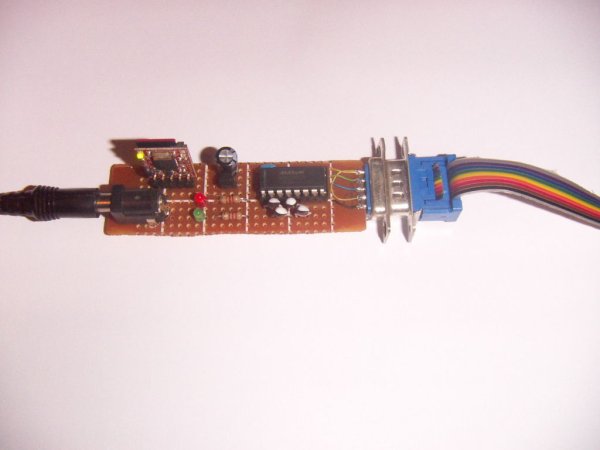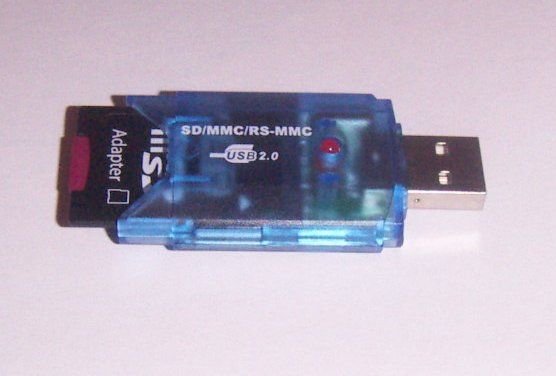Do you want gigabytes of storage for your microcontroller? Would you like a simple way to tranfer files from your PC to your picaxe or arduino or other micro project?
This little projects demonstrates the uDrive that can be set up as an extra drive on a PC. Copy files to and from the SD card, then put it in the uDrive and talk to it with 5 simple commands:
Read – Read a file off the drive
Write – Write a file to the drive
Dir – get the directory listing of files on the drive
Erase – erase a file
Initialise – send 1 byte at your preferred baud rate
Step 1: Connecting to your microcontroller
Connection uses 5 wires: Gnd, Power, Tx, Rx and an optional reset line. The reset line can be left unconnected if no reset is needed.
The uDrive works from 3 to 5V so can interface to a wide range of controllers.
Step 2: Copying files across
Copying involves taking the micro SD card out of the uDrive and putting it into a micro-to-standard SD adaptor. This goes into a USB adaptor that plugs into the PC and then the SD card appears as another drive on the PC. The micro SD is the small purple part seen on the left of this picture. The USB to SD adaptor cost $5 including shipping on ebay. Most micro SD cards come with micro to standard adaptors and the total cost of the package is under $10 for gigabytes of storage.
Step 3: Accessing the files from a microcontroller
Microcontrollers all have different languages; assembly, C, Basic, Spin etc. You will have to write your own exact code, but below is an example using vb.net. This is still a bit complicated, but it is a lot easier than trying to talk to a SD card using bit-bang SPI code.
For the purposes of testing, we have built a little uDrive to RS232 converter. We are actually talking back to a PC via the PC serial port (or via a USB to serial adaptor), which seems a bit pointless, but it at least enables the device to be tested quickly and code debugged.
The Max232 converts the 0V/5V levels from the uDrive into valid RS232 voltage levels.
Step 4: Testing using 4dsystems’ software
The first test is to run some testing software from 4dsystems http://www.4dsystems.com.au/prod.php?id=22
This has pre-written test routines that not only check the device is working, but also indicate the bytes going back and forth. This makes it much easier to work out how to write your own code.
You can also talk to the card in raw mode, but using DOS mode that a PC can understand is a lot simpler. A file can be tiny – just 1 byte if you wish.
For more detail: Simple mass storage for your microcontroller project


